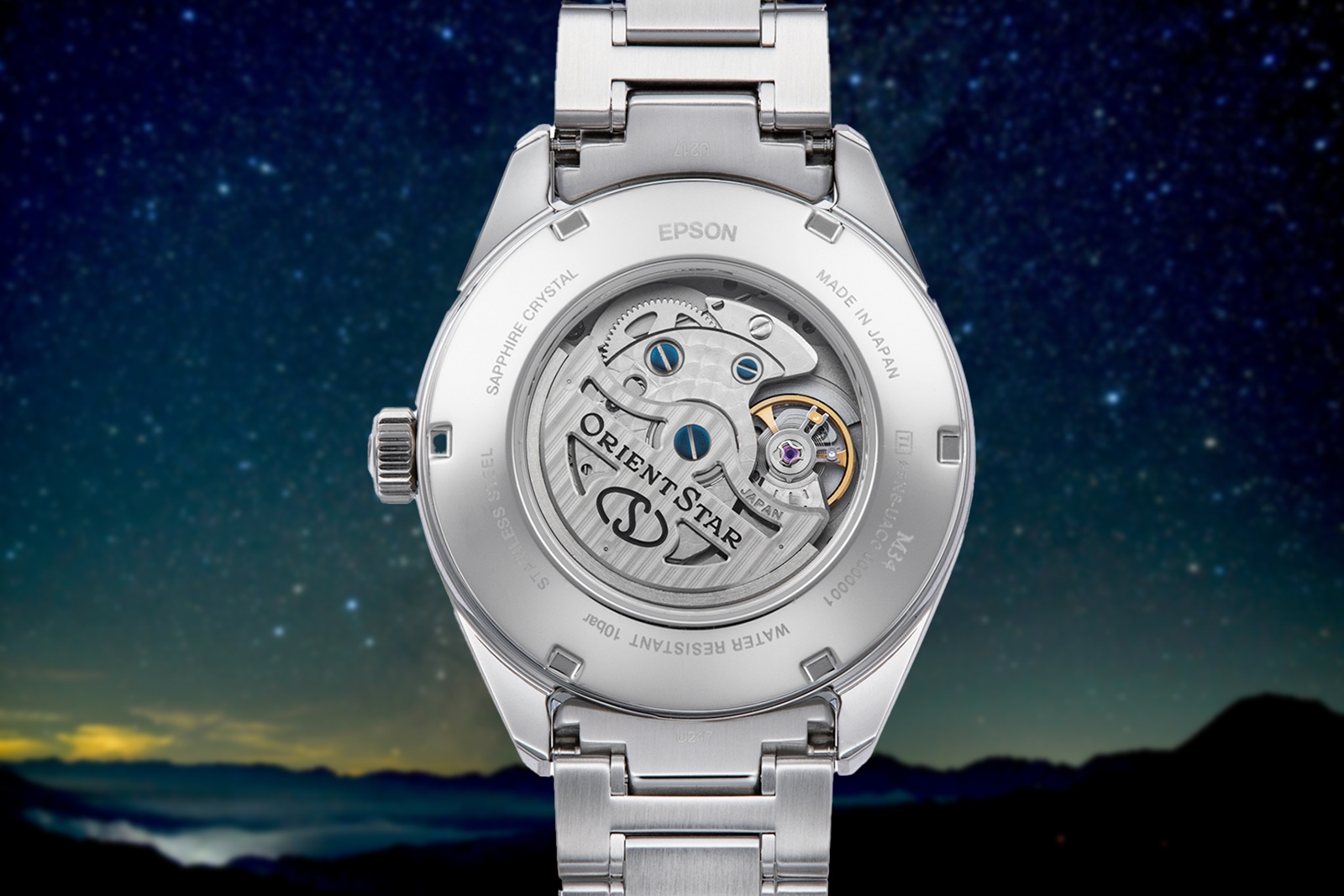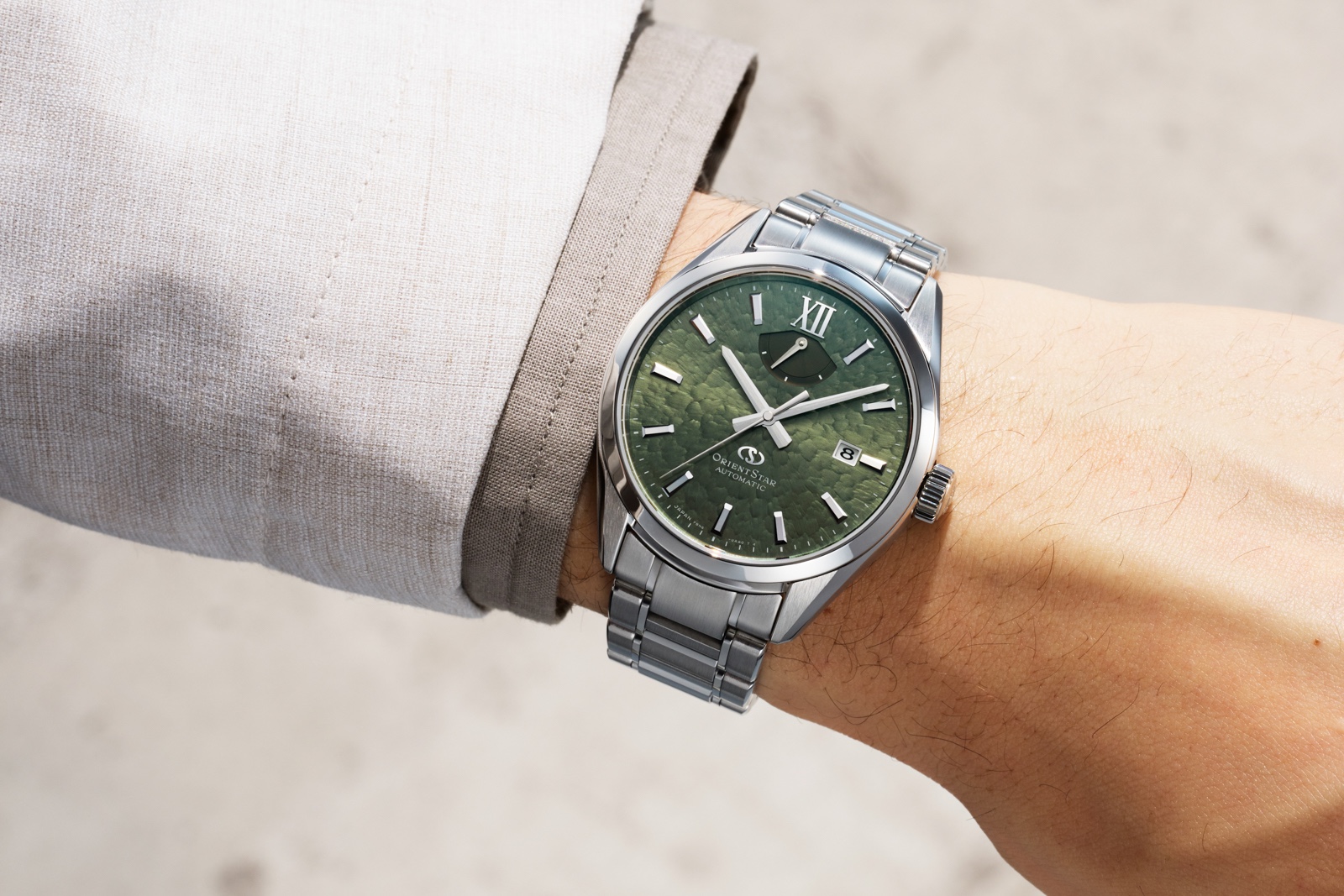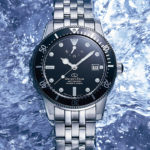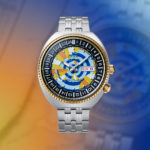Hands On: Vacheron Constantin Celestia Astronomer Duo
Ptolemy and Copernicus.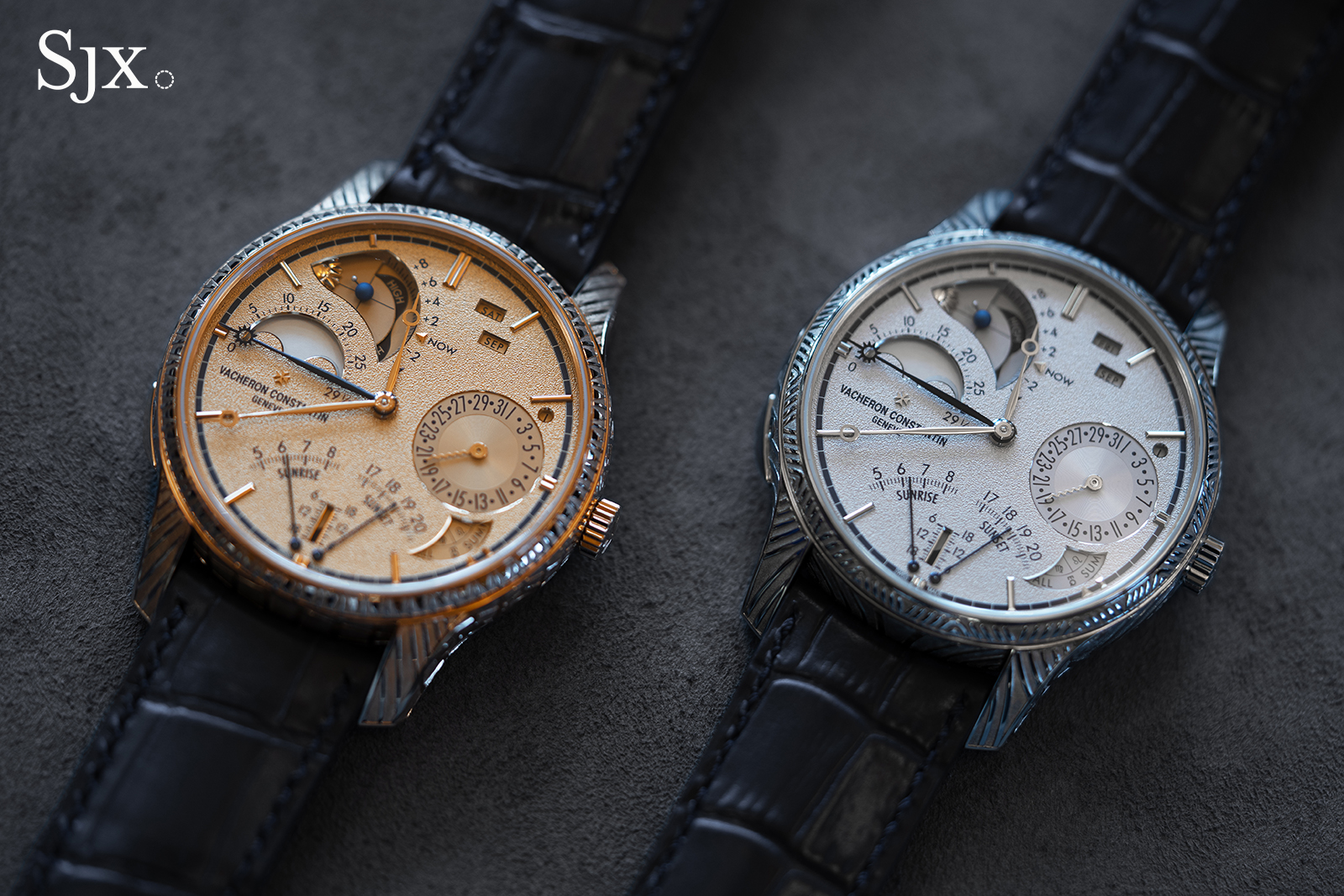
Marking its 270th anniversary, Vacheron Constantin has approached the milestone with uncommon ambition. The year opened with the debut of the Solaria, a landmark wristwatch that claims the title of the most complicated ever made thanks to its 41 functions. Soon after came La Quête du Temps, an monumental astronomical clock that recently wrapped up its exhibition at the Louvre in Paris. Taken together, these creations underscore not only the scale of VC’s technical reach but also the brand’s talent for blending engineering, artistry, and traditional craft.
The anniversary programme now extends to a duo of one-of-a-kind Les Cabinotiers pieces—Celestia Homage to Ptolemy and Copernicus—developed under the maison’s ongoing “The Quest” theme. These one-off creations showcase the manufacture’s dual mastery of horology and métiers d’art. Presented here is a rare hands-on look at both before they disappear into private collections.

Initial thoughts
Each of the new Les Cabinotiers watches expresses a different facet of VC’s watchmaking identity. The new Celestia references utilise the brand’s earlier cal. 3600, but elevate it through intricate case engraving that links science with art.
As a pair, these watches reinforce the idea that VC’s greatest strength lies in synthesis. Few manufactures can move so fluidly between engineering precision and artistic refinement.

As unique pieces, pricing is largely outside the scope of this hands-on evaluation. As is typical for VC’s bespoke Les Cabinotiers department, each watch was almost certainly developed in close collaboration with its eventual owner, making them more commissions than catalogue items. Their value, therefore, lies not only in their material complexity but also in the fact that each represents a personal chapter in the continuing story of Geneva’s oldest watchmaker.
Two unique Celestia astronomical grand complications
Revisiting one of the most complex astronomical watches in its archives, VC has created two unique versions of the Celestia cal. 3600 as a tribute to two of history’s greatest astronomers: Ptolemy and Copernicus. Ptolemy, who lived in the second century, proposed the geocentric model of the universe, placing the Earth at its centre with the Sun and stars revolving around it.

More than a millennium later, the Polish astronomer Nicolaus Copernicus redefined that understanding with his heliocentric model, positioning the Sun at the centre of the solar system. Both interpretations profoundly shaped how humanity views its place in the cosmos.

Each of the new Celestia models is powered by the formidable Calibre 3600, a movement containing 23 astronomical complications and capable of running for three weeks on a full wind. We covered the standard cal. 3600 previously, but it bears repeating that this calibre remains one of VC’s greatest technical achievements, from the same mind that conceived the Solaria. It displays time in three formats (mean, solar and sidereal) and includes a rotating sky chart alongside a range of additional astronomical indicators.

The complex movement includes a rare tidal wave gauge, complemented by a three-dimensional Earth-Moon-Sun alignment indicator. An annual disc also tracks the zodiac signs through an aperture, while the more familiar complications include a perpetual calendar, sunrise and sunset times, and a day-night duration indicator. The six mainspring barrels, linked in a combination of series and parallel, deliver enough torque to power the many complications for roughly 21 days.
The Homage to Ptolemy is crafted in 18-carat white gold, with soft grey tones lending a restrained, almost scholarly character. The case is engraved with a planisphere, a reference to Ptolemy’s geocentric theories. The primary engraving technique used is champlevé, creating a subtle contrast between raised and recessed surfaces. Wave-like patterns encircle the bezel, case and lugs, evoking the contour lines of a topographical map.
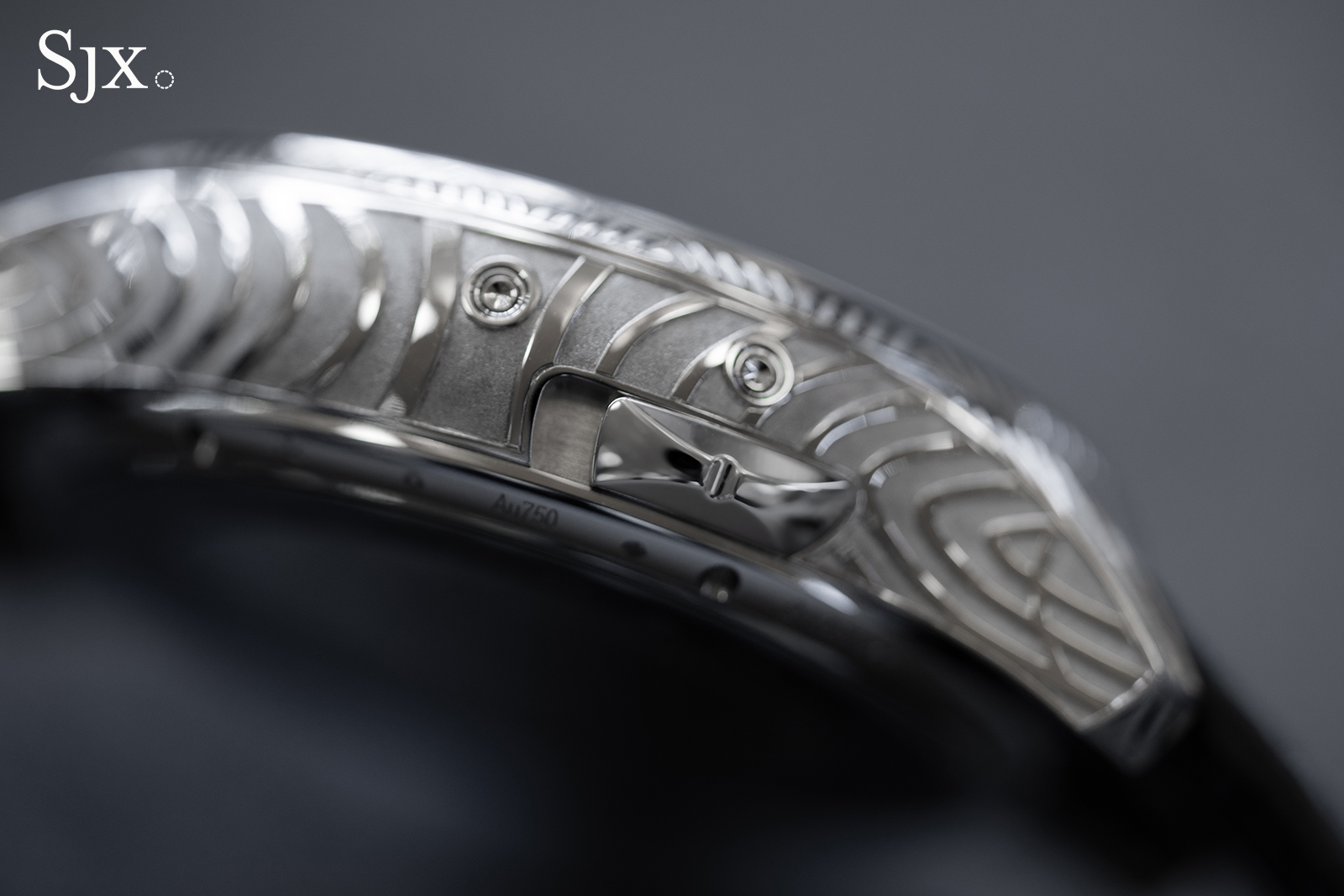
The warmer Homage to Copernicus is done in 18K 5N pink gold — a subtle nod to the Sun itself. The hand-engraved case shows the solar system, with the large crown playing the role of the Sun with the planets swirling around it. The wave patterns on this model are meant to evoke the wide trajectories of planets around the Sun — making them more regular and less arched compared to those engraved on the Ptolemy version. Each of the two cases took about 240 hours of painstaking hand engraving.

Together, these two unique pieces embody VC’s philosophy of blending artistic craftsmanship with advanced micro-mechanics. While Calibre 3600 stands as a technical tour de force, the engraved cases are miniature works of art in their own right. At 45 mm wide and 13.9 mm thick, the watches are substantial but still wearable, providing ample space to showcase both the mechanical and decorative achievements.
Key facts and price
Vacheron Constantin Les Cabinotiers Celestia
Ref. 97A0C/000G-304C (Homage to Ptolemy)
Ref. 97A0C/000R-290C (Homage to Copernicus)
Case diameter: 45 mm
Case height: 13.91 mm
Material: 18k white or pink gold
Water resistance: 30 m
Movement: Cal. 3600
Functions: Hours, minutes, tourbillon regulator, perpetual calendar, moon phase, age of the moon, running equation of time, sunrise and sunset time, day and night length, seasons, solstices, and zodiac signs, tide level, Sun-Earth-Moon conjunction, sky chart, sidereal hours and minutes, and power reserve
Winding: Hand-wound
Power reserve: approx. 500 hours (three weeks)
Strap: Alligator strap with matching folding clasp
Limited edition: Unique piece
Availability: From Vacheron Constantin boutiques
Price: Upon request
For more information, visit Vacheron-constantin.com.










